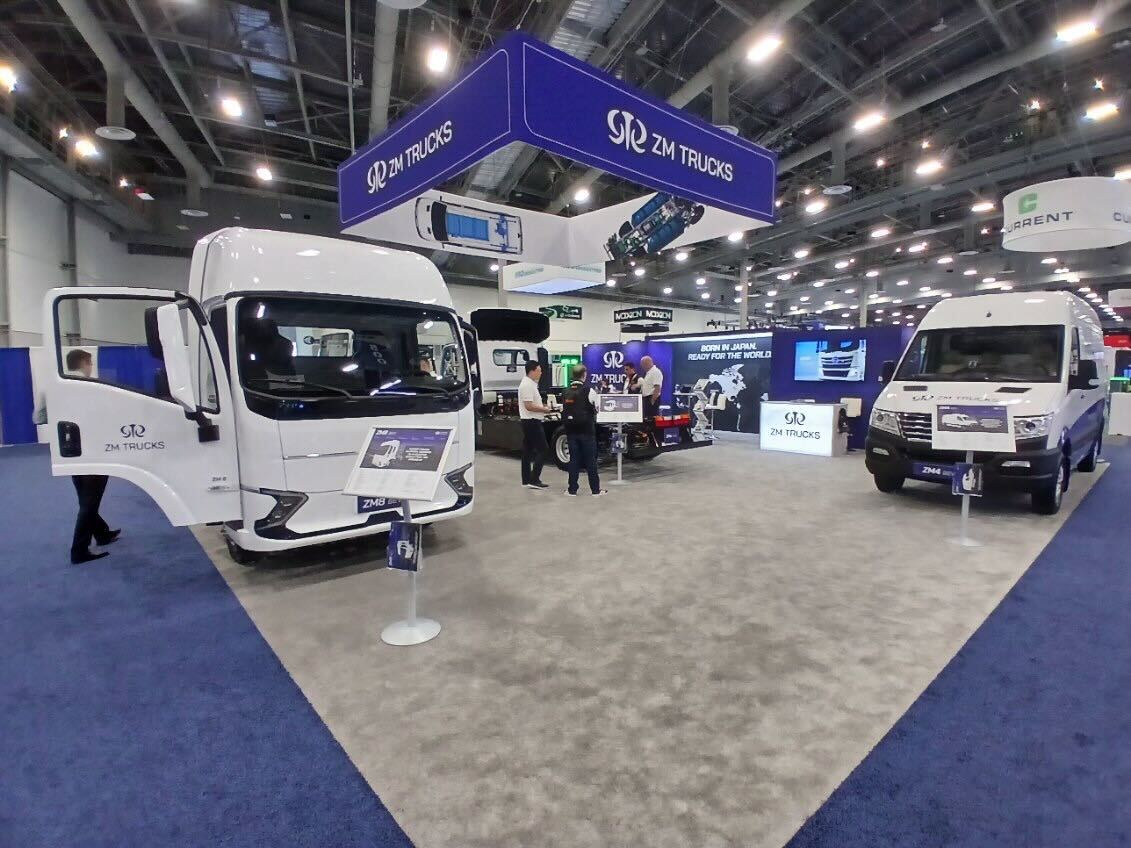Sign up for daily news updates from CleanTechnica on email. Or follow us on Google News!
As passenger electric vehicles and charging stations continue to enter the US mainstream, it is important to support the electrification of trucking, shipping, and large automobiles, which can play a significant role in decarbonizing the transportation sector. Large vehicle electrification has the potential to reduce carbon emissions, improve air quality in US cities, and reduce upkeep and maintenance cost for fleet operators. Electrifying commercial vehicles that drive continuously throughout the day, particularly in cities, will mean a great deal in reducing emissions and improving air quality.
The result of the almost $1 billion in grants by the Biden administration have encouraged the deployment of commercial vehicle electrification. This grant, which focuses on replacing heavy duty vehicles with electric alternatives, has the goal of producing jobs, reducing climate impact, and improving air quality in particularly polluted areas.
One area specifically earmarked for electrification by the Biden Administration are school buses. Companies such as Highland Fleets have led this development, deploying buses across all 50 states. In conversation with Highland Electric Fleets CEO Duncan McIntyre, he emphasized the need for business model innovation in the case of electric buses. While the technology for high quality electric fleets may be available, fleet operators tend to be cautious. This means changing the business model to reduce the need for vast up-front investment by fleet operators.

On the other side of the electrification of heavy duty transport are trucking companies. The scope of the problem is significant, as trucking accounted for 7% of US greenhouse gas emissions in 2020. The upfront cost of switching to electric trucks has thus far been the most significant deterrent for many fleet operators and truck owners. New policies such as the Inflation Reduction Act are working to reduce the price differentials between electric and diesel trucks, and companies are using different financing methods to reduce the upfront cost.
Along with improving cost parity, there is a pressing need to install more electric chargers to assuage charging range anxiety. While this may require up-front investment, the health benefits by zero-emission trucking are significant. A report from the American Lung Association found that a switch to electric trucking could save over 66,000 premature deaths and 700 billion in public health benefits due to improved air quality. The health risks from poor air quality are particularly prevalent in communities of color which see a disproportionate impact from vehicle pollution.
On the production and distribution side, the current levels of regulation are slowing development. Joost de Vries, CEO of ZO Motors North America, emphasized that while federal and state incentives are helping to electrify both long and short distance trucking, the regulations are complicating the industry. By reducing unnecessary paperwork and allowing simpler access to maximize incentives, companies will be better able to electrify their fleets.
Joost de Vries did point out certain limitations within the transition to electric trucking. While short and medium distance electrification of trucking fleets is not only feasible but economical, long distance trucking electrification still has several significant barriers. This includes the size of the required battery, which for cross-country fleets would be sizable enough to cause problems. Similarly, charging these large batteries would put immense strain on the grid. However, rapid electrification of short and medium trucking, along with other vehicles such as school buses, could significantly reduce the carbon footprint of the transportation sector.
Have a tip for CleanTechnica? Want to advertise? Want to suggest a guest for our CleanTech Talk podcast? Contact us here.
Latest CleanTechnica.TV Videos
CleanTechnica uses affiliate links. See our policy here.





